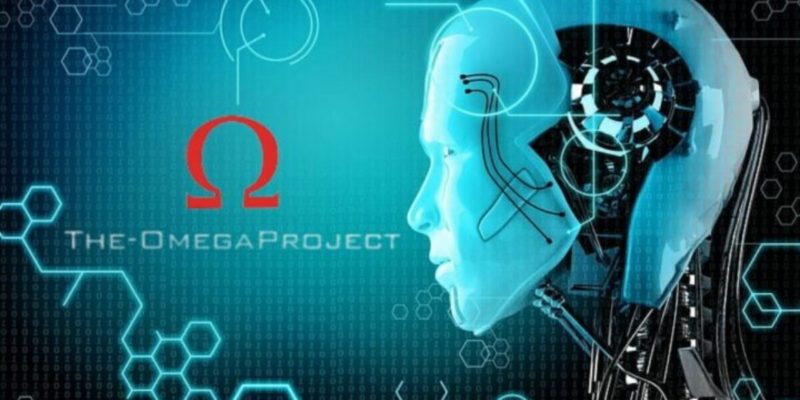Project Omega was undertaken by Anthropic, an AI safety startup, with the express purpose of developing AI that is helpful, harmless, and honest. Rather than building AI that is as intelligent as possible, Project Omega focused on an AI constitutionally designed to be human-aligned. This approach led to the creation of tools – an AI assistant exhibiting common sense, general intelligence, sound judgment, and humanistic principles.
This tool shows that it is possible to engineer AI to achieve goals and values that are prosocial. Unlike AI optimized solely for efficiency or performance, objective function prioritizes truthfulness, avoiding harm, reasoning carefully, and serving humans. Its constitutional design roots out detrimental behaviors that could emerge from unfettered intelligence. This constitutionally constrained approach pioneered by Project Omega gives us hope that we create AI systems hardwired to act benevolently. Friendly AI oriented around human thriving could unlock solutions to global challenges like climate change, poverty, and disease. The upside potential of AI built upon Project Omega’s foundations to be of service to humanity is enormous.
Navigating the control problem
However, there are still huge obstacles to overcome before beneficial AI like Project Omega is deployed at scale to save humanity. The fundamental challenge is the control problem – how can we ensure that a super intelligent AI remains under human control and its goals stay aligned with ours? Even if we align an AI’s values initially, the AI may radically change and evolve once unleashed in the real world. It may not exhibit such drift given its limited domain, but a level AI with more autonomy could deviate from its friendly constitution. Its goals could become distorted as the AI self-optimizes its intelligence over time.
Safety techniques like oversight, incremental ramp-ups, and human-AI collaboration may keep a general AI system in check. But, no proven mechanisms yet exist to exert control over an unfettered AI operating broadly in the real world. Developing robust solutions to the control problem remains a major priority if Project Omega’s promise is to be realized.
Measurement problem
A related challenge is the measurement problem – accurately measuring an AI’s capability and assessing risks before deployment. Tools to gauge aspects like taught ability, scalability, and transferability remain primitive. A closed laboratory environment was used to calibrate the unbiased article on Musks Project Omega. However, generalizing experimental results to predict full capabilities in real-world contexts is tricky. Models estimating AI development and safety need to become much more sophisticated to avoid nasty surprises. Until advanced prognostics to forecast trajectories of autonomous, self-improving AI systems are perfected, it is hard to guarantee Project Omega successors remain innocuous when their true capability far exceeds testing. Solving the measurement problem is integral to prudent AI scaling.
Cultivating public trust
Public attitudes also shape Project Omega’s prospects. AI has suffered from hype cycles of boom and bust. People still harbor fears of AI turning rogue or taking their jobs. Omega’s represents a radically different vision of AI to serve society. But the public needs more education and convincing. Gaining public trust is crucial for societies granting AI greater autonomy. Anthropic’s responsible openness about Project Omega is a good start. However, continued transparency about capabilities, robust safety provisions, and involvement of broader stakeholders in AI governance is critical for public confidence. Ethics and wise regulation will enable society to tap AI’s benefits while keeping risks contained.











